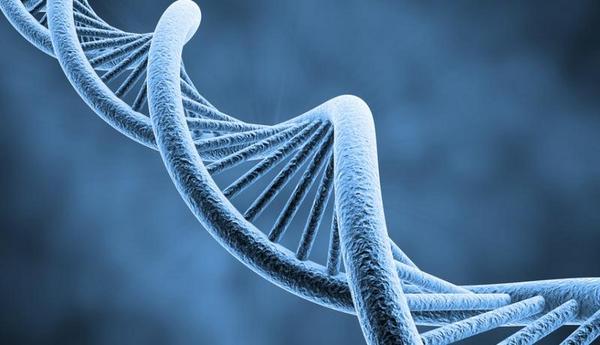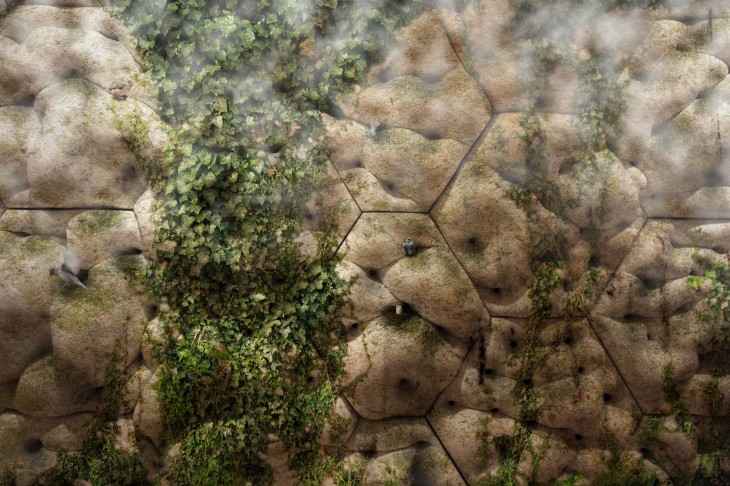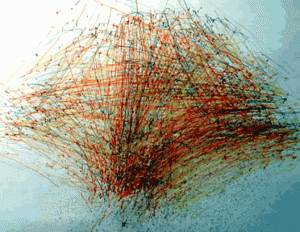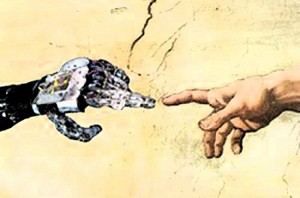
This author talks about the beginnings of the form with a particular scientific and artistic vision at the same time. The lecture is base of that Deleuze believes that the form is not spontaneous and the process is the most important on the existent of the form.
In this text he start talking about his disagreement with the philosophers of the western which the theories of the form are like the example of the religious Creationism, where they said that everything begin with a god’s mind, and is then imposed by a command on an obedient and docile matter.
Deleuze gives an example with bubbles, he said that this thing has an endogenous topological form where a topological point starting with the behavior of the molecules from the energy creating a perfect sphere. In the other hand with the same factor it could occur a perfect cube with the same process and evolution.
Other topic that he mentioned was the real and the virtual where if we talk about humans the DNA is the virtual, because it has a lot of potentialities for creating something, and the real in this case are the human as the final result.
Also is very important the way that the author presents the thermodynamic by the example of the two containers with different temperatures of air. He is mention that the physics and thermodynamics cannot help with philosophy of matters because that branch of physics became obsessed with the final equilibrium forms.
Homogenous and heterogeneous are very important concepts in Deleuze work. The ecosystem are compose of many different homogenous spaces like animals and plants where all of them are connected with a specific function that make a perfect system.
Personal research
Is interesting how Deleuze try to explain that with the same process we can have different approaches. It would be very interesting if we try to understand the “virtual” line and factors that the architectures tend to follow, and in the end and start to analyze the “real” of the final form of every topologic on architecture.
If we talk about modernism, how are the virtual for get the result of the project like a modern house, and then compare with contemporary house and make a visualization between the different real or results that we can have just because of the different factors that we have thanks time.
By: Trinidad Gomez.





